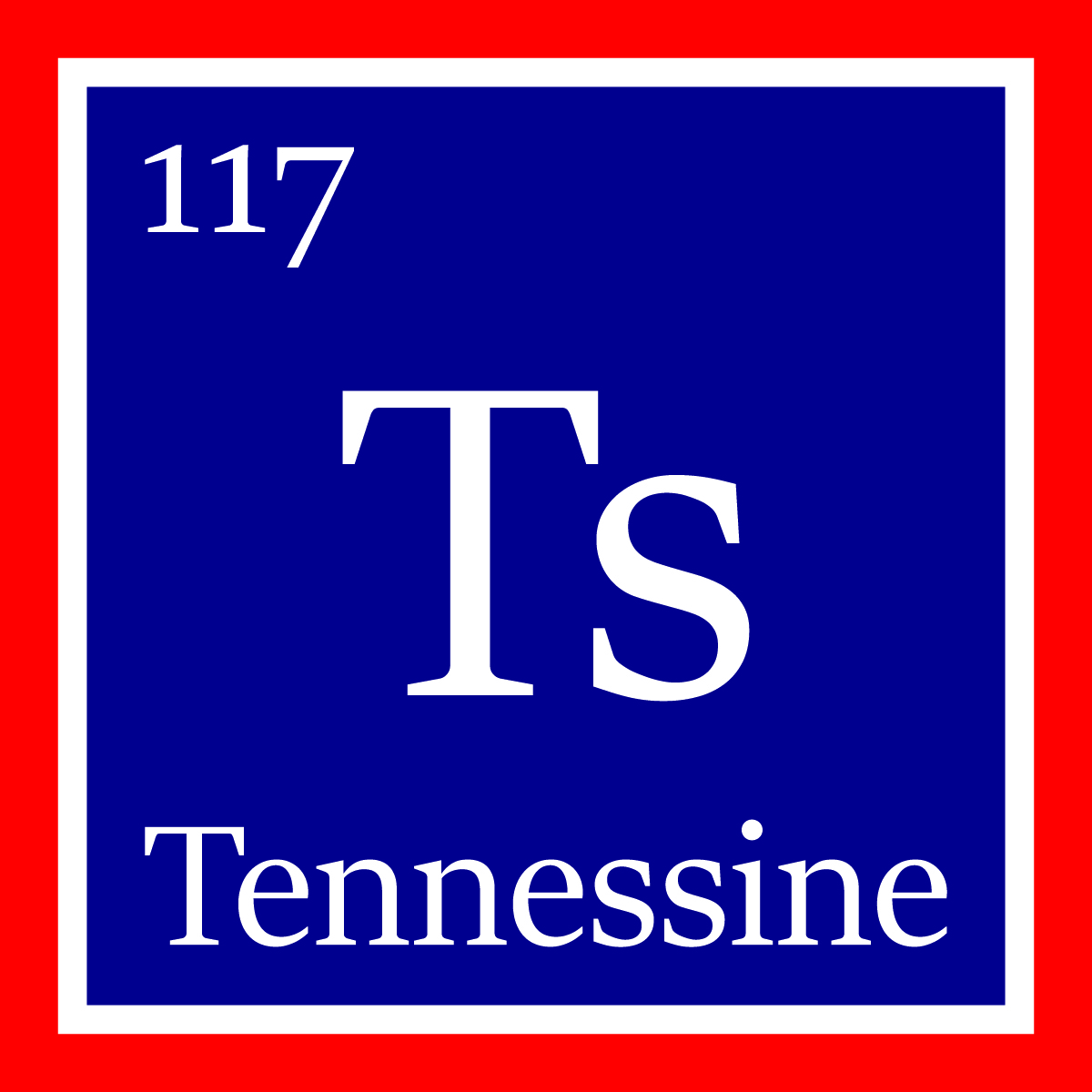- The atomic nature of the elements
- Origin of the elements
- Cosmic abundances of the elements
- Processes producing heavier elements
- Reaction stages reflecting increasing temperature
- Regions of element synthesis
- Geochemical distribution of the elements
- Terrestrial distribution
- The Earth’s crust
- Igneous rocks
- The hydrosphere
- The atmosphere
- The Earth’s crust
- The geochemical cycle
- Terrestrial distribution
Elements International offers a wide selection of quality bedroom furniture ranging in every style from traditional to contemporary. In addition to an extraordinary bedroom line up, we also carry popular and fashionable styles in upholstery, electric fireplaces, and youth bedroom furniture. Element definition, a component or constituent of a whole or one of the parts into which a whole may be resolved by analysis: Bricks and mortar are elements of every masonry wall.
Our editors will review what you’ve submitted and determine whether to revise the article.
Join Britannica's Publishing Partner Program and our community of experts to gain a global audience for your work!Elementary School
Chemical element, also called element, any substance that cannot be decomposed into simpler substances by ordinary chemical processes. Elements are the fundamental materials of which all matter is composed.
This article considers the origin of the elements and their abundances throughout the universe. The geochemical distribution of these elementary substances in the Earth’s crust and interior is treated in some detail, as is their occurrence in the hydrosphere and atmosphere. The article also discusses the periodic law and the tabular arrangement of the elements based on it. For detailed information about the compounds of the elements, seechemical compound.
The Editors of Encyclopaedia BritannicaGeneral observations

At present there are 118 known chemical elements. About 20 percent of them do not exist in nature (or are present only in trace amounts) and are known only because they have been synthetically prepared in the laboratory. Of the known elements, 11 (hydrogen, nitrogen, oxygen, fluorine, chlorine, and the six noble gases) are gases under ordinary conditions, two (bromine and mercury) are liquids (two more, cesium and gallium, melt at about or just above room temperature), and the rest are solids. Elements can combine with one another to form a wide variety of more complex substances called compounds. The number of possible compounds is almost infinite; perhaps a million are known, and more are being discovered every day. When two or more elements combine to form a compound, they lose their separate identities, and the product has characteristics quite different from those of the constituent elements. The gaseous elements hydrogen and oxygen, for example, with quite different properties, can combine to form the compound water, which has altogether different properties from either oxygen or hydrogen. Water clearly is not an element because it consists of, and actually can be decomposed chemically into, the two substances hydrogen and oxygen; these two substances, however, are elements because they cannot be decomposed into simpler substances by any known chemical process. Most samples of naturally occurring matter are physical mixtures of compounds. Seawater, for example, is a mixture of water and a large number of other compounds, the most common of which is sodium chloride, or table salt. Mixtures differ from compounds in that they can be separated into their component parts by physical processes; for example, the simple process of evaporation separates water from the other compounds in seawater.
Historical development of the concept of element
The modern concept of an element is unambiguous, depending as it does on the use of chemical and physical processes as a means of discriminating elements from compounds and mixtures. The existence of fundamental substances from which all matter is made, however, has been the basis of much theoretical speculation since the dawn of history. The ancient Greek philosophers Thales, Anaximenes, and Heracleitus each suggested that all matter is composed of one essential principle—or element. Thales believed this element to be water; Anaximenes suggested air; and Heracleitus, fire. Another Greek philosopher, Empedocles, expressed a different belief—that all substances are composed of four elements: air, earth, fire, and water. Aristotle agreed and emphasized that these four elements are bearers of fundamental properties, dryness and heat being associated with fire, heat and moisture with air, moisture and cold with water, and cold and dryness with earth. In the thinking of these philosophers all other substances were supposed to be combinations of the four elements, and the properties of substances were thought to reflect their elemental compositions. Thus, Greek thought encompassed the idea that all matter could be understood in terms of elemental qualities; in this sense, the elements themselves were thought of as nonmaterial. The Greek concept of an element, which was accepted for nearly 2,000 years, contained only one aspect of the modern definition—namely, that elements have characteristic properties.
In the latter part of the Middle Ages, as alchemists became more sophisticated in their knowledge of chemical processes, the Greek concepts of the composition of matter became less satisfactory. Additional elemental qualities were introduced to accommodate newly discovered chemical transformations. Thus, sulfur came to represent the quality of combustibility, mercury that of volatility or fluidity, and salt that of fixity in fire (or incombustibility). These three alchemical elements, or principles, also represented abstractions of properties reflecting the nature of matter, not physical substances.
The important difference between a mixture and a chemical compound eventually was understood, and in 1661 the English chemist Robert Boyle recognized the fundamental nature of a chemical element. He argued that the four Greek elements could not be the real chemical elements because they cannot combine to form other substances nor can they be extracted from other substances. Boyle stressed the physical nature of elements and related them to the compounds they formed in the modern operational way.
In 1789 the French chemist Antoine-Laurent Lavoisier published what might be considered the first list of elemental substances based on Boyle’s definition. Lavoisier’s list of elements was established on the basis of a careful, quantitative study of decomposition and recombination reactions. Because he could not devise experiments to decompose certain substances, or to form them from known elements, Lavoisier included in his list of elements such substances as lime, alumina, and silica, which now are known to be very stable compounds. That Lavoisier still retained a measure of influence from the ancient Greek concept of the elements is indicated by his inclusion of light and heat (caloric) among the elements.
Element Fleet Management
Seven substances recognized today as elements—gold, silver, copper, iron, lead, tin, and mercury—were known to the ancients because they occur in nature in relatively pure form. They are mentioned in the Bible and in an early Hindu medical treatise, the Caraka-samhita. Sixteen other elements were discovered in the second half of the 18th century, when methods of separating elements from their compounds became better understood. Eighty-two more followed after the introduction of quantitative analytical methods.
- key people
- related topics
Our comprehensive fleet management solutions, unrivaled dedication and continuous collaboration, ensure clients across industries drive unprecedented value for their organizations.
Find out moreRecent updates
Element Nominates Arielle Meloul-Wechsler to Board of Directors and Publishes Inaugural ESG Report
Read more
AYRO Inc. Enters Agreement with Element Fleet Management
View releaseCost savings
Read tipskeyboard_arrow_rightDriver productivity
Learn morekeyboard_arrow_rightDowntime management
Read articlekeyboard_arrow_rightFleet safety
Read tipskeyboard_arrow_rightAnnual maintenance savings per vehicle
Our fleet maintenance program helps fleets boost driver productivity and control repair costs.
Find out moreAverage savings per collision claim
Our expert team negotiates on your behalf throughout the claims and recovery process - saving you money and time.
Learn moreElements Of Art
These three strategic fleet management pillars will help you achieve your company's fleet goals and position your business for success.
Watch the video to learn more.
More videos from Element Fleet

We're a trusted fleet management provider to some great companies
About Element Fleet Management
At Element Fleet Management, we provide world-class fleet management that enables companies with fleet cars and light-duty vehicles, commercial truck fleets and equipment fleets to achieve an advantage today and confidently conquer tomorrow. We offer a suite of fleet management solutions that span the total fleet lifecycle, from acquisition and vehicle financing to program management and remarketing of fleet vehicles. With an unrivaled investment in tools and technologies and a relentless commitment to collaboration, we don’t just enable success – we empower extraordinary fleet performance.
/element-list-names-atomic-numbers-606529_V1_FINAL-f332cfc84a494b7782d84fc986cdaf86.png)
Elementor
Learn moreElementor
We're here to help. Whether you're a fleet manager, driver or supplier, our fleet management experts have the answers. Connect with us today.
